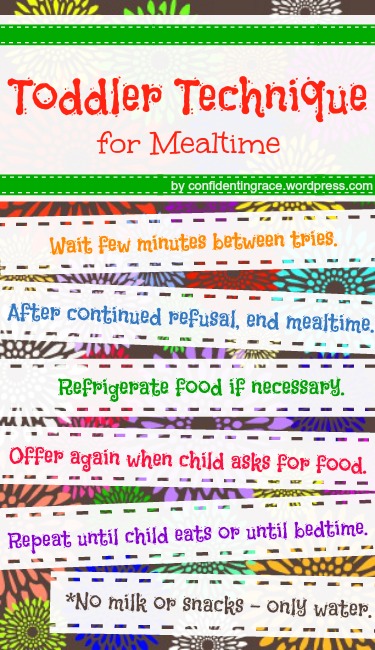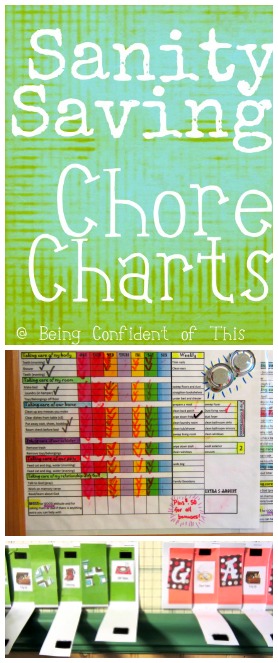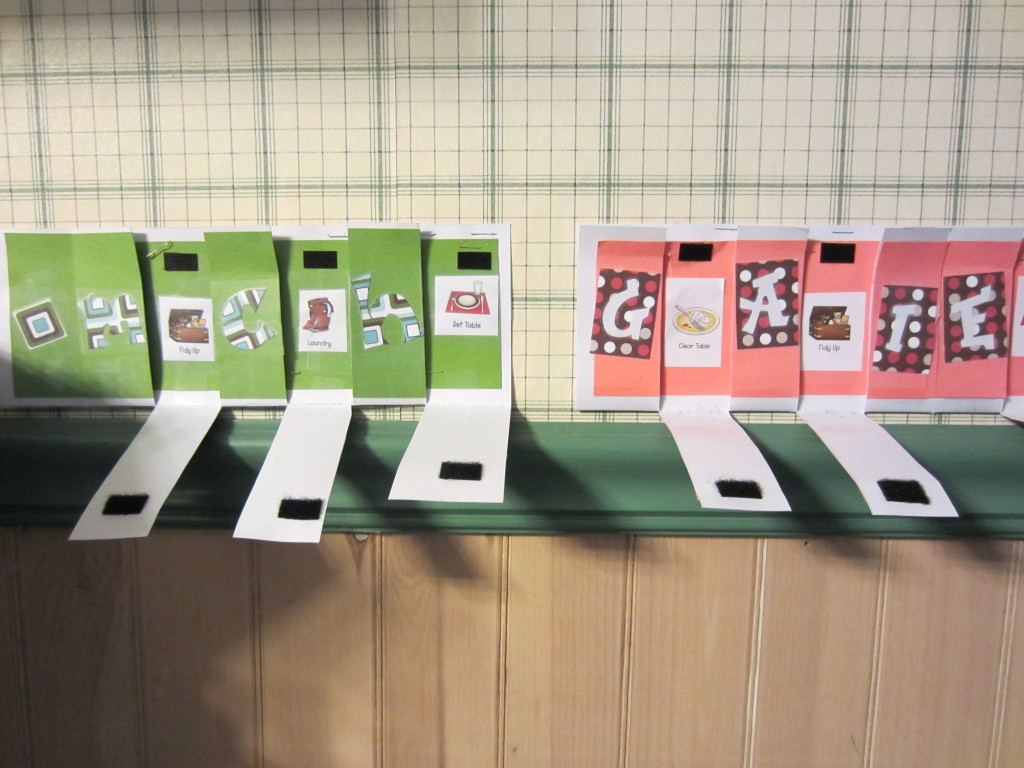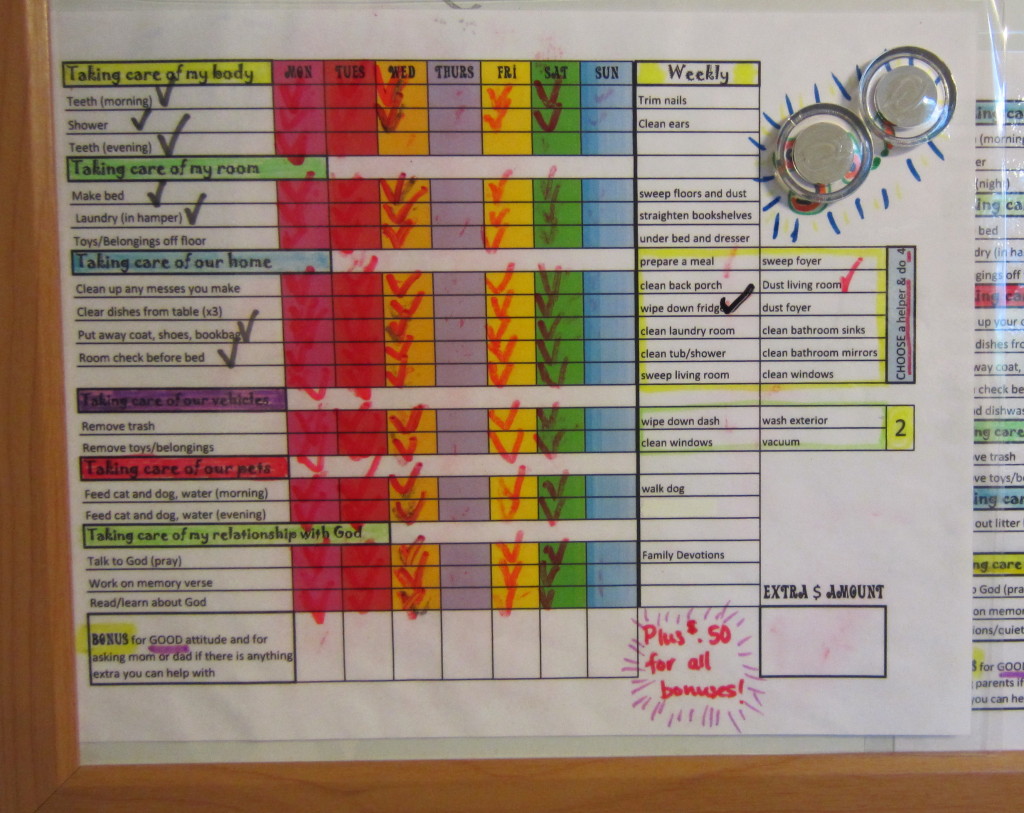As an avid couponer, I am often able to purchase baby wipes for free or very cheap. In our household, we make every effort to live a frugal lifestyle because we live on one income (my husband’s) and he is a full-time minister.
Because baby wipes are much cheaper than paper towel and other harsher cleaning products, I’ve learned to use them for many purposes that have little to do with babies.
Although my two youngest children are now toilet trained, I continue to buy baby wipes for everyday use!
Even if you prefer a more all-natural lifestyle, you can still use these ideas with homemade baby wipes. They are easy to make and still gentle enough for little hands!
Want to learn how to make homemade baby wipes? It’s really simple. Check out this pinterest board for tutorials.
- Keep some on hand for guests in your home who might have babies or toddlers. Nothing is worse than running out of wipes when you are away from home!
- Remove make-up before bedtime. Baby wipes are convenient and gentle on the skin, but do a great job of removing mascara and the like!
- Clean messy hands of all ages, even adults. Something about seeing a grown man reach for a baby wipe makes me smile. 🙂
- Wipe off the kitchen table after meal or snack time. Since I’m usually already using a wipe to clean off messy preschooler hands, I use the other side of the wipe to quickly go over the area of the table they were sitting at.
- Use them on the kitchen counter for quick clean ups!
- Help small hands do chores such as wiping off the bathroom sink. I don’t want my young children to use cleaning fluids that could harm them. Wipes are gentle enough for them to handle and they are thick enough to withstand some scrubbing.
- Help small hands learn to dust. Again, no need to spray harsh chemicals!
- Keep a package of wipes in the car for messy hands, faces, etc. while you’re on the go.
- Clean electronic surfaces. They are not too wet, so they won’t leave water behind.
- Remove spilled food or drink from clothing before it leaves a stain! I love taking care of stains right away in order to avoid more work later.
- Remove paint or washable marker from unwanted surfaces. Unfortunately, most permanent marker is another story….
- Clean off dirty patio furniture. Want to have an impromptu outdoor meal? Send your oldest child outside with a wipe or two to make sure your patio table is clean!
- Spot clean living room furniture. Again, if you can get to a mess right away, it’s less likely to create a stain that will be difficult to remove later on!
- Remove stickiness from children’s hair when a bath isn’t an option.
- Clean off pet paws when coming in from a muddy yard.
Although these are the main uses we have for baby wipes, I’m sure there are many more!
Have an idea?
Please share with us in the comments!
Jen 🙂










